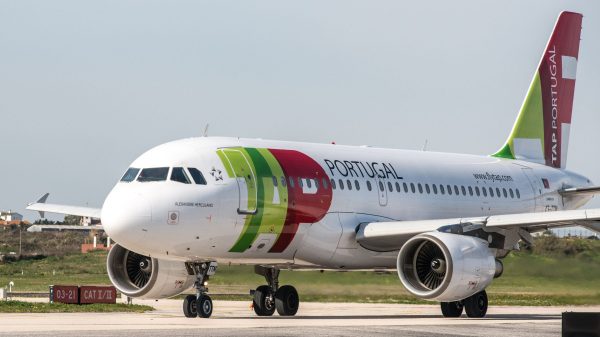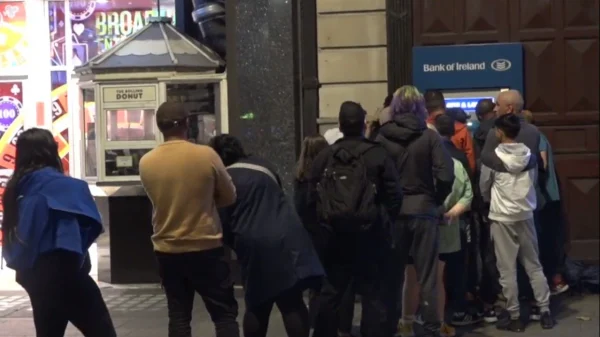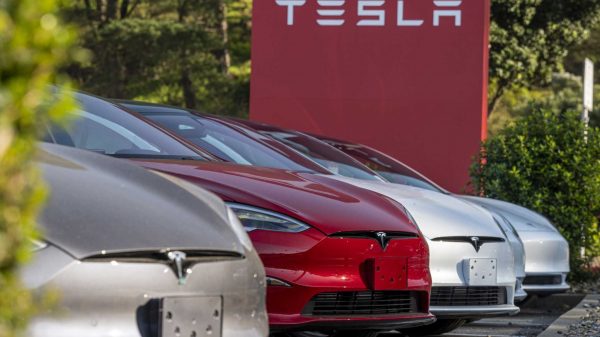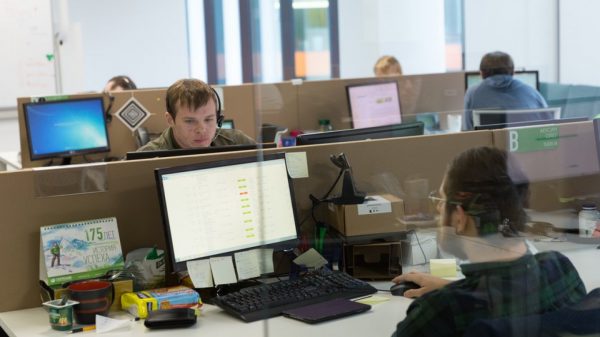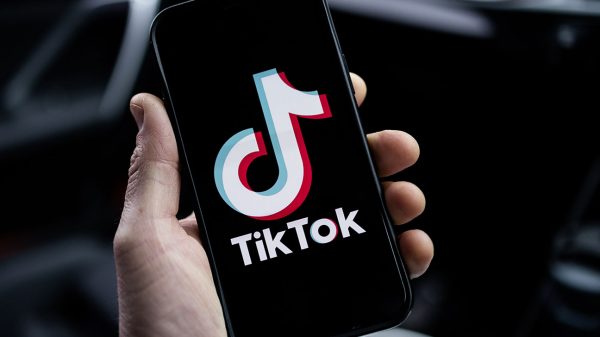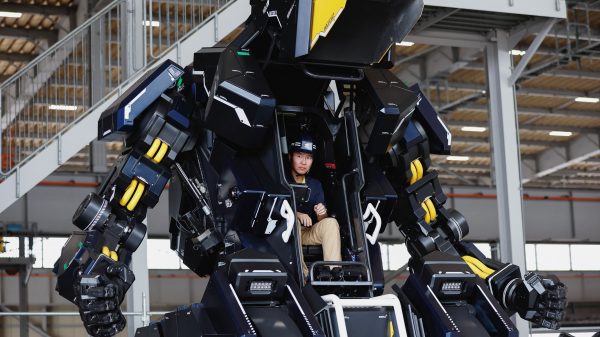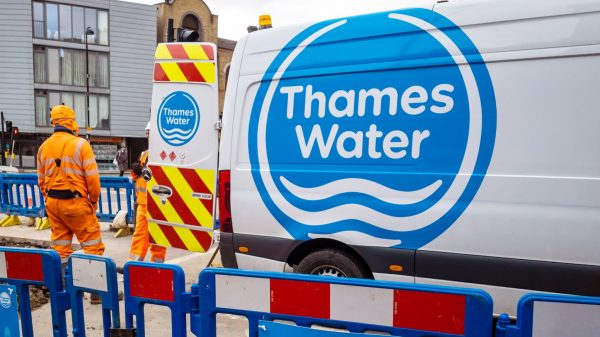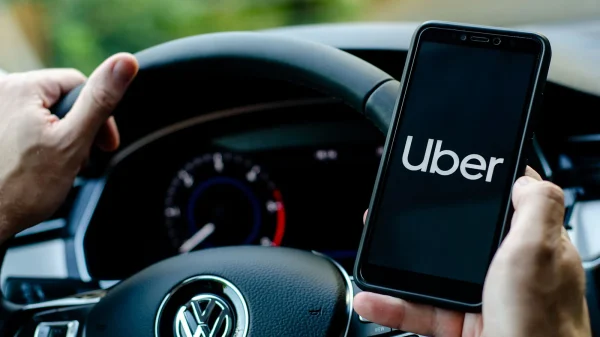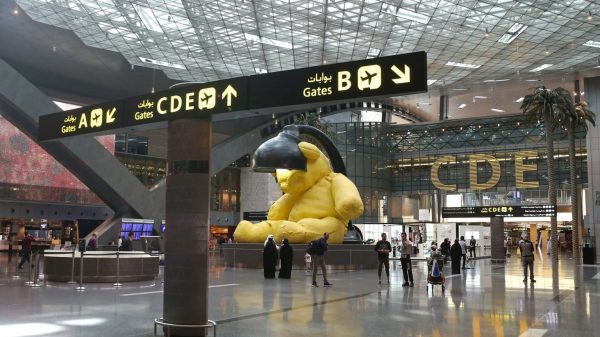On November 7, Waymo announced it would begin regularly testing fully driverless cars—without a safety driver—on public roads. It was a momentous announcement. A technology that had seemed like science fiction a decade earlier became a reality. And the announcement was greeted with a yawn by much of the media and the public—if they noticed at all.
Consider this December 7 article by Eric Adams, a writer for The Drive. Adams wrote that "Level 4 technology"—that is, a car like Waymo's that can operate with no driver in a geofenced area—"is legal to operate precisely nowhere in the world right now." In fact, Waymo had been operating its driverless fleet in Arizona with the tacit approval of Arizona regulators for several weeks by that point. The Motley Fool wrote on November 30 that "it's not yet clear how Waymo will bring its technology to market," even though Waymo had already announced that its first product would be a Phoenix-area taxi service.
To be fair, these writers are hardly alone. Most of the media treated Waymo's shift to fully driverless cars as a minor story. And conversations I've had with friends and relatives in recent weeks suggest that most people still consider driverless cars to be a technology that's coming some time in the future—not something that's already on public streets.
But the reality is that driverless cars are here. They're driving around on public streets in the Phoenix area. And that's a big deal.
Waymo spent 2017 preparing for a Phoenix taxi service
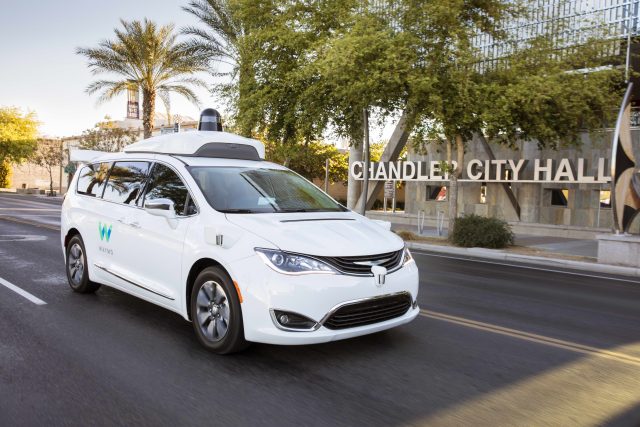
A little more than a year ago, Alphabet announced that the Google self-driving car project was being re-organized as its own independent company called Waymo. Since then, we've seen a steady stream of significant announcements from the company. Days after the re-branding was announced, Waymo unveiled the Chrysler Pacifica minivans that would be the backbone of the company's testing efforts in 2017.
In April, Waymo launched its early rider program, an opportunity for ordinary families in the Phoenix metropolitan area to ride in Waymo vehicles. In June, Waymo signed a deal with Avis Car Rental to help manage Waymo's fleets of driverless cars.
October saw Waymo launch a PR campaign focused on the Phoenix area touting the potential benefits of driverless cars. The same month, Waymo submitted a report to the federal government explaining the various precautions Waymo has taken to ensure its vehicles are safe.
Until November, Waymo's cars always had a safety driver behind the wheel when they were on public roads in Arizona. On November 7, Waymo announced that it was going to start testing cars without a safety driver. There would still be a "pull over" button, but if the software malfunctioned in a serious way, there likely wouldn't be anyone able to grab the wheel quickly enough to prevent a crash.
To be sure, Waymo still has much, much more it needs to do. Its driverless cars are still a testing program, not a commercial product. Right now, the vehicles only operate in a portion of the Phoenix metropolitan area around Chandler. And the cars may not be well-equipped to handle situations—like snow and crowded city streets—that are uncommon in the Chandler area.
We can expect Waymo to methodically attack each of these limitations in the coming months and years. But if you had to pick one moment when driverless cars went from being a research project to a real, working technology, November 7 is a strong candidate.
Before November 7, you could say that the human safety driver was the person ultimately in charge of the vehicle if something went wrong. Since November 7, peoples' lives have depended directly on Waymo's software working correctly. So far, Waymo hasn't reported any major crashes. If that continues to be true in the coming months, it's going to be a huge deal.
Why “Level 4” cars may be good enough
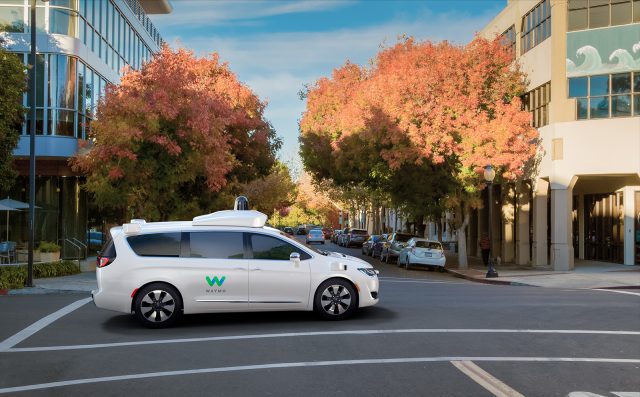
A big reason that people haven't gotten excited about the arrival of driverless cars is that Waymo's cars only operate in one part of the Phoenix metro area. This caused many observers to treat Waymo's announcement as just another incremental step in its testing project—which, in a sense, it was.
But it's a mistake to assume that a car isn't actually driverless unless it can drive absolutely everywhere. Waymo's goal is to build a driverless taxi service that will compete with services like Uber and Lyft. Initially, its cars will serve a small portion of the Phoenix metropolitan area, but that service area will expand over time to encompass all of Phoenix—and eventually much of the country and the world.
A key bottleneck will be map data. Waymo's cars rely on detailed maps of the areas where they operate. So far, Waymo has only mapped a small portion of public roads.
But while expanding those maps will be a big, expensive project, it's also a straightforward one, requiring no big technology breakthroughs. Expanding the map to other parts of the Phoenix metropolitan area—and later to similar metropolitan areas like Dallas-Fort Worth or San Diego—is just a matter of spending the money and doing the work to gather data.
So dismissing Waymo's cars because they only operate around Phoenix is like dismissing early cellular phones because coverage was geographically limited. Once the technology works in one area, it's likely to work about as well in other areas.
One big caveat is that not every city is like Phoenix. Waymo's vehicles haven't yet mastered snow and ice, so it might be a while before Waymo can expand its service to more northerly parts of the country. It's also not clear how well Waymo handles super-dense areas like Manhattan or downtown San Francisco.
So perhaps in five years driverless taxis will be commonplace in warm, car-oriented metropolitan areas, but will still be unavailable in cold climates and the most densely populated cities. Still, in a world where driverless taxis are widely available in Atlanta, Dallas, and Los Angeles, it would be silly to insist that driverless cars don't actually exist yet because they're not yet available in Chicago, New York, or Boston.
Driverless car adoption will only accelerate in 2018
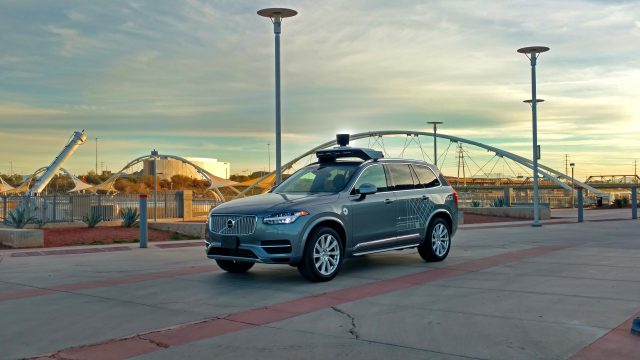
Regardless of whether you want to say that driverless cars officially became a reality in 2017, what's clear is that work on the technology accelerated in 2017. We talked to some residents of the Phoenix area back in October, and they told us that driverless cars (albeit with safety drivers) had become a common sight there. Waymo and Uber had the most cars in the Phoenix area, but a number of other companies were also represented.
Cruise, the self-driving car startup GM acquired in 2016, has been heavily testing its own driverless ride-sharing service in San Francisco (again, with safety drivers), and GM is getting ready to manufacture Cruise's driverless car design at scale. GM recently said that the company was "quarters, not years" from testing fully driverless cars.
We can expect testing activity to accelerate even more in 2018. Waymo may or may not release a commercial taxi service in Phoenix in 2018, but we can count on them deploying more and more fully driverless cars on the roads there. Uber has shown no sign of slowing down its own investment in driverless cars. The company ordered a massive 24,000 cars from Volvo, with the first cars to be delivered in 2019.
All of which means that—whatever you want to call them—there are more and more cars with driverless technology being tested on public roads. You'll probably be able to ride in one sooner than you think—especially if you live in the Phoenix area.
[contf] [contfnew] 
Ars Technica
[contfnewc] [contfnewc]
The post Driverless cars became a reality in 2017 and hardly anyone noticed appeared first on News Wire Now.






